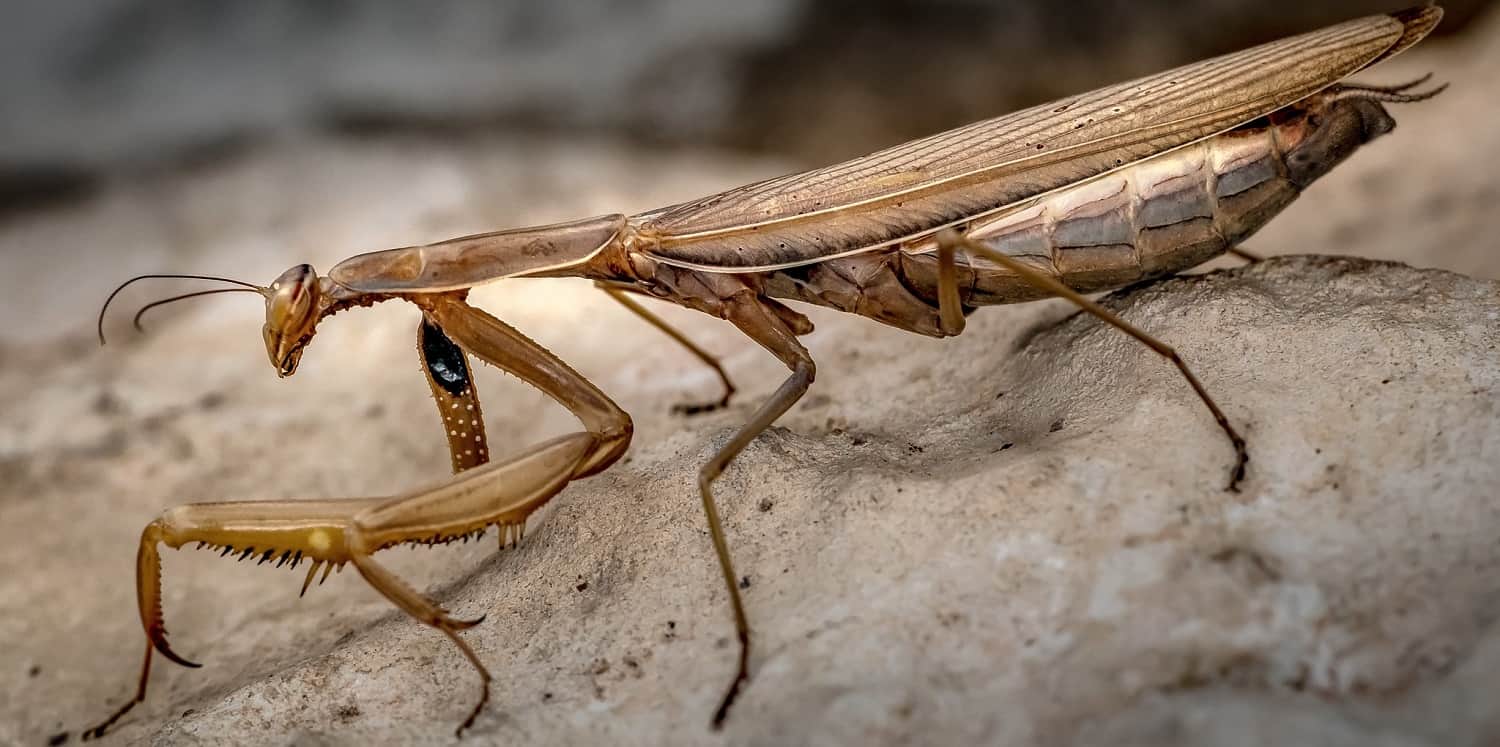A Brown Praying Mantis is one unique insect that could answer your prayers related to eliminating pests in your gardens like bugs, cockroaches, ants, flies, and more. It is a carnivore arthropod from the family of cockroaches and termites, considered beneficial to humans!
What is a praying mantis?
An insect that appears like it is praying because of its frontal legs posture. The front legs are bent together in a way that they look like hands joined in prayer. Its scientific name is Mantis religiosa
Origin of praying mantis
The praying mantis was first found in the United States of America around the year 1899. Due to the development of trade, these insects were transported to other parts of the world and are now found in Europe, Asia, and some parts of Australia as well. They prefer warm to humid climate conditions to thrive in.
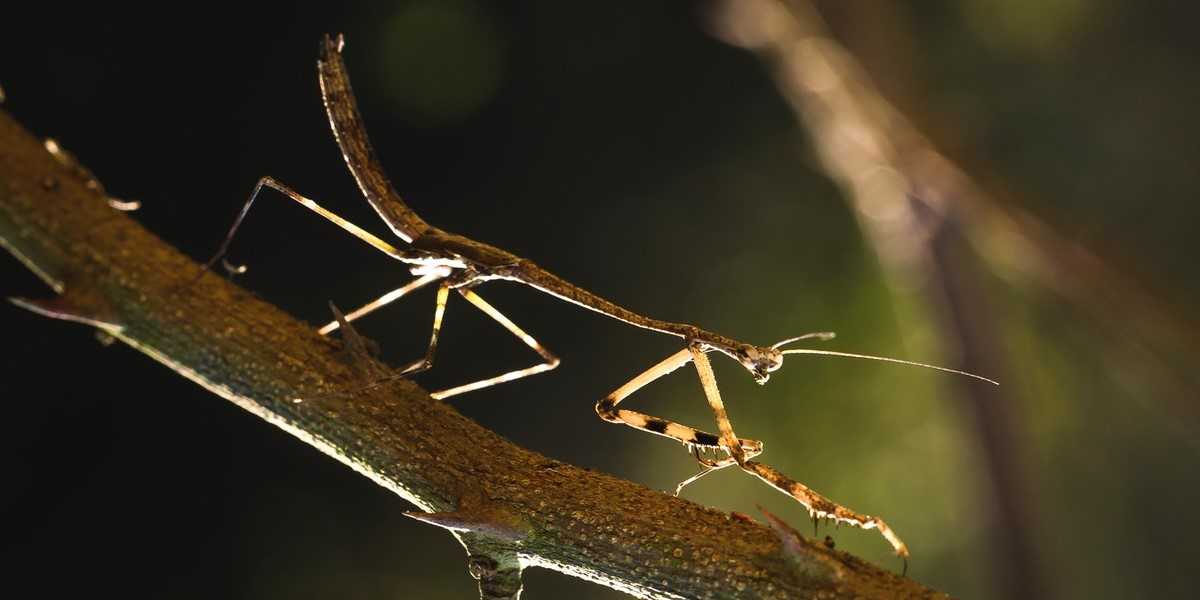
The appearance
It has a triangular head and body. The head which can rotate to around 300 degrees comprises two compound large eyes on top that have up to 180 degrees view and three secondary eyes in the form of dots. The body which mainly comprises of thorax and abdomen ranges from a few centimeters to 6 inches. The front legs seem to extend from the thorax which is like a neck.
Praying Mantis Brown
Though available in different colors like red and pink, the green and brown colored praying mantis are the most common in nature. These colors also help the praying mantis camouflage on the bark or branch that they move on because of which they can easily attack their prey without being noticed.
How they prey
The brown praying mantis has a strong grip to hold their prey with the front legs. They also have the capability of cutting the external skeleton of the insects or birds of prey with their mouth easily.
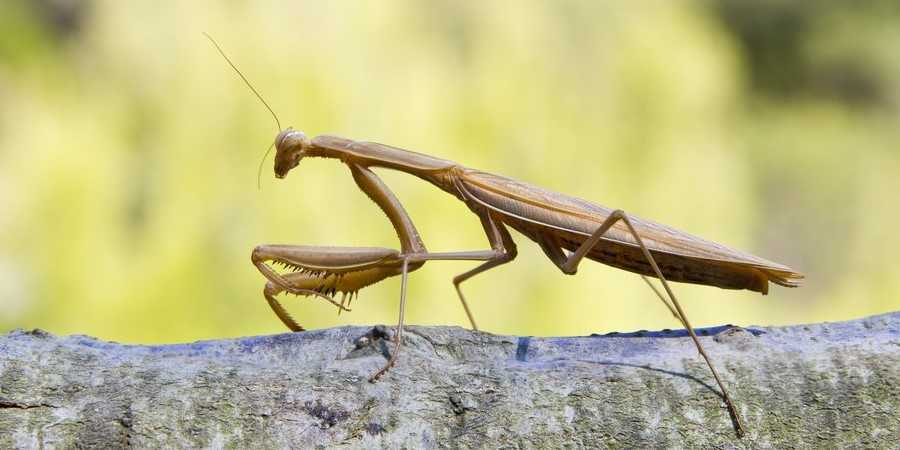
Brown praying mantis Lifespan
There are four major stages in the life of a brown praying mantis. They are laid as eggs. This is followed by them converting into nymphs, then adolescents and finally they grow into adults. Let us explore each stage a little better:
Eggs
The female praying mantis lays eggs before the chilly winter season. They lay around 100 eggs. The eggs develop a hard shell which hatches in mid-spring as nymphs after surviving tough weather conditions.
Nymphs
The nymphs spend some time in the habitat with the eggs after hatching where some eat the others in a bid for survival being carnivorous. Shedding the skeleton 3-4 times is part of the growth process of the nymph after which it moves to adolescence.
Adolescent
At this stage, the brown praying mantis starts looking slightly larger than before. It eats less food and the rate of metabolism also slows down. The mantis becomes slow in its movement. Therefore, it is often stationary at a place and ends up being falling prey to birds.
Adult
At this stage, the mantis stops shedding its skeleton and grows to its full length to around 5-6 inches. The length of each mantis depends on its variety. At this stage, the brown praying mantis is ready to mate.
One of the strange features of the mantis while mating is that the female mantis bites the heads of the male mantis during this process. The male mantis continues copulating as its sensory nerves are present on the abdomen and eventually die while the female mantis dies after laying eggs. Hence, the eggs are pretty much on their own for survival.
These insects may not necessarily possess wings. Wings may appear at the final skeleton shedding growth process of the mantis. The mantis uses these wings to fly or to scare the predator who tries to attack the mantis.
A female mantis is larger in size than a male. Because of its weight, the female mantis cannot use its wings to fly like the males. The female also has a bigger appetite than the male.
Also Read:
Benefits of brown praying mantis
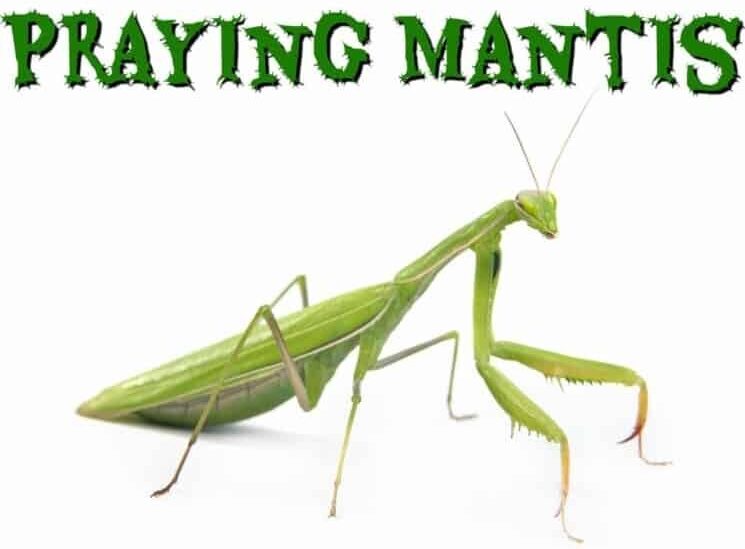
The brown praying mantis being carnivorous in nature feasts on insects like flies, cockroaches, bugs, ants, crickets, mice, etc. May not be convenient to have them in the house, but the mantis can act as warriors to safeguard your garden.
Praying Mantis pets
Brown Praying Mantis can be kept as pets as they are harmless to human beings. They can identify prey correctly like other animals and even if they accidentally bite, it would at the most lead to slight bleeding like that of a paper cut.
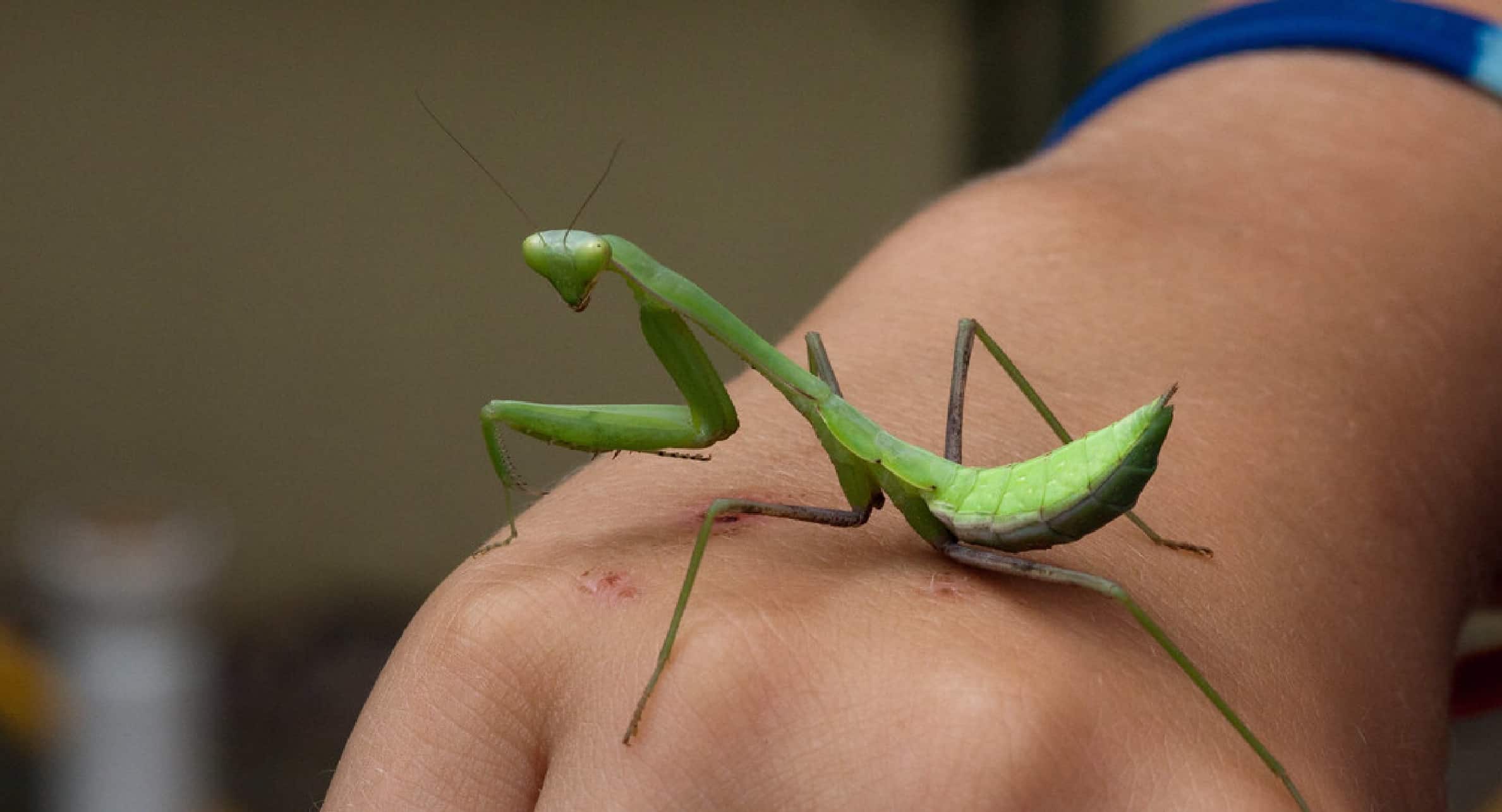
Housing for pets
In case you’re considering keeping a praying mantis pet, you would need to have a tank that’s enclosed, a cage or a sealable glass container that is large enough for the brown praying mantis to move in. It should be filled with twigs, branches, and leaves and kept humid by sprinkling water at regular intervals depending on the type of enclosure.
The mantis can stay without food for a day or two but they need to be fed every three to four days to ensure that they survive as pets. However, the feed quantity also depends on their breed.
Conclusion
Beneficial to the ecological system by maintaining a balance between rodents and beneficial insects, the brown praying mantis is man’s friend in disguise! Enjoy the spectacle when you find one.
Frequently Asked Questions
Q.1 Is the brown praying mantis poisonous?
Ans: The brown praying mantis are not venomous or have poison.
Q.2 Do praying mantis bite?
Ans: The praying mantis may accidentally bite a human in rare cases but do not harm severely.
Q.3 Why are some praying mantis brown?
Ans: The praying mantis adapted to dry climatic conditions are brown. Predator pressure and the color of plants they thrive on also contribute to the color of the brown praying mantis.
Q.4 What do brown praying mantis eat?
Ans: Small mantis eats insects like flies, crickets, ants, bees, and spiders while wild mantises eat mice, frogs, and birds.
Q.5 Do praying mantis turn brown when they die?
Ans: While some mantis may look greenish after death, there are some breeds of mantis that have a brown layer after death.
